The Cape Gannet bird is a beautiful bird, to say the least. Its feathers are a glossy white that deserves admiration, but these sea birds are not known for their beautiful plumage, rather it is for how fast they can dive into the water for a tasty bite or two. Let’s learn some fascinating facts about the cape gannet and how impressive they can be.
1. The name Cape Gannet bird is a synonym for gluttony.
I am as surprised as you to know this. Gannets in general, not just the cape Gannet are known to feast to astounding capacities. This capacity for eating eventually led to the word Gannet being slang for someone who is gluttonous. To humans, the word Gannet might be an abuse, but to the Gannets, it’s just their nature.

2. They look a bit like Cleopatra.
These have one characteristic that makes them look like they have eyeliner makeup on. And this is true, as around their eyes is a black outline that perfectly traces from the eye and around the whole base of the beak and straight down the centre of the neck.
But this is not their defining characteristic as they have a peach-colored or golden crown and nape that gradually becomes white at the neck.
How else can you identify one? In flight, most of the body is a beautiful snow-white colour with a distinctive arrow-shaped black tail, black hindwing and black pointed wingtips. Their feet are black and the long, serrated beak is a bluish hue.
3. They are quite ungainly on land.
For how beautiful they look, they have a pretty awkward walking style. On land they waddle about on their short webbed feet, which is much the same for many sea birds.
But they also have an impressive wingspan of between 1.7 and 1.85 m ( 67 and 72.8 in), a body length of between 84 and 94 cm (33 and 37 in), weighing about 2.6 kg (5.7 lb).
I know this doesn’t seem heavy compared to the average chicken, but when it comes to flight, particularly for sea birds that spend long periods of time in the air, every gram counts.
In the air, they are quite majestic, although they don’t hold a candle to the impressive albatross which glides for hours. Their flying style is a constant flapping that alternates with gliding, and although this method isn’t as efficient as the flying style of albatrosses it serves the cape gannet just fine.
4. The Cape Gannet is endemic to the Benguela Upwelling Ecosystem.
These birds are strictly marine birds and have particularly large colonies along the South Western coastline of Southern Africa. On this part of the Atlantic is the cold Benguela ocean current which provides an abundance of fish for them to snack on.
They have six major breeding colonies along the Southern African coast, with three of them in Namibia and the rest in South Africa. In South Africa, these colonies can be found in Bird Island in Algoa Bay in the Eastern Cape, Malgas in Saldanha Bay, and Bird Island in Lambert’s Bay in the Western Cape.

When the birds aren’t breeding they can travel to as far as Mozambique on the Eastern shores of Africa and the Gulf of Guinea on the Western shores of Africa. The birds will not wander more than 100 km (62 mi) offshore, but some cape Gannets have been documented at nearly 200 km (124 mi) offshore.
5. They Dive Into The Sea At Speeds of up to 100 kph (62 mph).
The cape Gannet is known for how it hunts. These birds are skilled fliers, a fact that is particularly evident as they can fly rather well in any condition at sea. In the air these birds control their weight and speed with beautiful precision all the while, the head is usually pointed downwards scanning the sea surface for any shoals of fish.
The Cape Gannet is well adapted to its style of hunting- plunge diving. Let’s get into some of these adaptations.
They usually fly at a distance of between 30 and 40 m ( 98 and 131 ft ) above the water surface scanning for any shoals of fish. To enable them to locate the fish better, these birds have binocular vision just like humans.
Their eyes are located in a forward position on their heads giving them the ability to see far, accurately pinpoint the location of prey and judge the distances correctly enough for them to dive in safely.
Then using a combination of speed and wingbeats, the cape gannet will dive into the water from as high as 30 m (98 ft) above the sea surface hitting the water at speeds of up to 100 kph ( 62 mph).
If you’ve hit the water at the local swimming pool at speed, then you know just how painful the impact can be, and the faster the speed, the more damage that can occur.
Cape Gannets have evolved to become as streamlined as a bullet when the water. They tuck in their feet and fold in their feathers using gravity and momentum to push them deep into the water.
To stop water from entering their nostrils as they dive, they don’t have nostrils on the base of the beak-like most other birds. They have thin slits where the head meets the upper jaw, which they use to breathe through and which is covered by a hard flap of skin that remains tightly shut when the bird is diving.
To prevent bodily harm from numerous dive sessions, cape gannets have also evolved to have a reinforced skull and strong neck muscles to help absorb the impact. They also have air sac extensions from their lungs under the skin of the chest, head, and neck that act like shock absorbers further helping reduce any chance of injury from the impact.
Once in the water, their streamlined bodies and momentum help to push them as far as 10 m (32.8 ft) into the water. After which they use their webbed feet to propel themselves even farther in search of fish. Once a fish is caught, they don’t waste time in trying to reach the surface first, rather they swallow the fish on their way up to the surface.
6. They Perform A Ritual Called ‘Fencing’ During Courtship.
These birds form breeding pairs that can last over several seasons but not their lifetime. During the courtship period when females are looking for mates and a breeding pair is back together, they perform an elaborate courtship ritual.
During this courtship dance, the pair cross their slender necks while facing skywards and rub their long bills together as if sharpening swords. This ritual is essential in maintaining and creating a bond and is called, ‘fencing’.
Other than fencing, the pair also spend some quality time preening each other’s feathers, a practice called, allopreening’, which also ensures a strong bond. I mean, we as humans could learn a thing or two about relationships from the Cape Gannet.
7. To Maintain Order In The Colony, Birds Must Use a Gesture Known as, ‘Sky Pointing’.
Cape Gannet colonies are quite large and as a consequence there usually isn’t much space for the birds to live as they please. Also, Cape Gannet is fiercely territorial which put together with their squeezed living space can lead to some vicious and nasty fights.
When constructing their nests, they keep this in mind choosing to construct them just outside the pecking space of their begruntled neighbours.

Now what if one needs to fly, then it can’t do it from within the colony, rather they’ll have to go to a place that has the necessary room for take off which makes maneuvering within the colony a spicy affair. Birds must be careful not to invade the space of their neighbours as they’ll get a sharp peck in return.
To let the other gannets know they pass in peace, they have to walk with their necks stretched, and beaks up in the air, in a dramatic pose known as ‘sky pointing.’ This poses signals to other nearby Cape Gannets that they pose no danger and aren’t a threat.
8. The Female Only Lays One Egg Each Breeding Season.
The breeding season lasts between September and April and is only limited to the six colony sites in Namibia and South Africa. The nests are built on relatively flat or gently sloping areas, and are built using guano, mud and other materials such as feathers and leaves, and shaped in the form of a cup.
The egg once hatched has a blue-white shell, but is soon covered in guano, and is incubated for about 43 days under the large webbed feet of the parents.
Are you thinking about buying binoculars to have a good look at all the magnificent birds of Africa?
9. Chicks Usually Feed So Much That They Sometimes Weigh More Than Their Parents.
When chicks hatch, they hatch blind, naked and black only weighing about 70 g (2.5 oz). After just three weeks, the chicks are usually at ⅓ of their parent’s weight, and at about eight weeks, the chicks weigh more than their parents.
Gannets have the propensity to feed and will feast on a host of surface pelagic fish species such as sardines and pilchards and squid.
During the breeding season, these birds increase their uptake of fish from about 300 g (10.9 oz) to 650 g (22.9 oz).
This fish is then regurgitated back to feed the chicks. This rich oily food is good for the chicks as they gain mass quickly, and even though they will at one time weigh more than their parents, they lose some of this excess weight when they fledge and start flying.
Conservation Status of the Cape Gannet
The Cape Gannet is facing a lot of external pressures that have led to its decline. In 2017, the IUCN downgraded their status from Vulnerable to endangered. Some of the pressures that are leading to a decline in the bird’s numbers include;
- A decrease in the availability of nutritious prey in the waters that they hunt. This is a direct consequence of overfishing practices. In South Africa in particular, a reduction in their favoured prey: Sardines and anchovies from competition from fisheries has led to the birds scavenging for less nutritious fish offal from the fishing vessels.
To be able to live on this less nutritious substitution of their favored prey, the Cape Gannets have to forage for much longer and harder to meet their dietary requirements. This increase in time foraging cannibalizes the time that would have been spent doing other important tasks such as raising their young, preening their mates or resting.
As a consequence, the birds are spending a lot of energy and time on their own preservation often neglecting their chicks, which suffer from starvation and ultimately death. Also, the chicks that are raised on this less nutritious diet will have a harder time surviving to breeding age.
- Their chicks are also facing heavy mortality rates due to predation from cape fur seals and other birds such as the Great White Pelican.
- At their breeding locations, the birds face disturbances from predators such as Cape Fur Seals.
- Avian diseases also tend to affect and reduce their numbers.

FAQS on the Cape Gannet
- How do you tell the difference between the Cape Gannet and Australasian Gannet species?
Cape Gannets are considerably larger than Australasian Gannets, then while the Cape Gannet has a black tail, the Australasian Gannet has a black tail with white edges
- How to differentiate between Cape Gannet and Northern Gannet.
The head of the Cape Gannet has a golden crown that goes all the way to the nape, while the Northern Gannet has a bluff blush on the crown and nape.
Also, the Northern Gannet is much larger than the Cape Gannet. Also the Northern Gannet has a white tail and secondary feathers while the Cape Gannet has a black tail and secondary feathers.
- Do Cape Gannets go blind from the impact of their dive?
As they dive, Cape Gannet have a transparent protective membrane that covers the eyes and protects them from trauma.
- How Long does Cape Gannet stay in the water?
After diving , the Cape Gannet will chase prey for a period of between 5 and 10 seconds before resurfacing. Their momentum as they dive into the water carries them to a depth of about 10 m (33 ft), but they’ll use their webbed feet and wings to propel themselves to depths of up to 20 m ( 65 ft) before turning and heading back to the surface.
- How long do Cape Gannets live?
In the wild, a breeding adult has a lifespan of about 17 years.
My Final Conclusion.
I hope that you enjoyed this article on the Cape Gannet bird or as they say in Afrikaans: Malgas, it was my pleasure to research this magnificent bird and to write about it!
If you have any questions or would like to add something to the article, please feel free to leave a comment down below in the comment section or join me on one of my social media channels for my adventures to Afrika!
I wish you happy birding and traveling!
Kind regards,
Lizzy
I now have a YouTube channel as well!
YouTube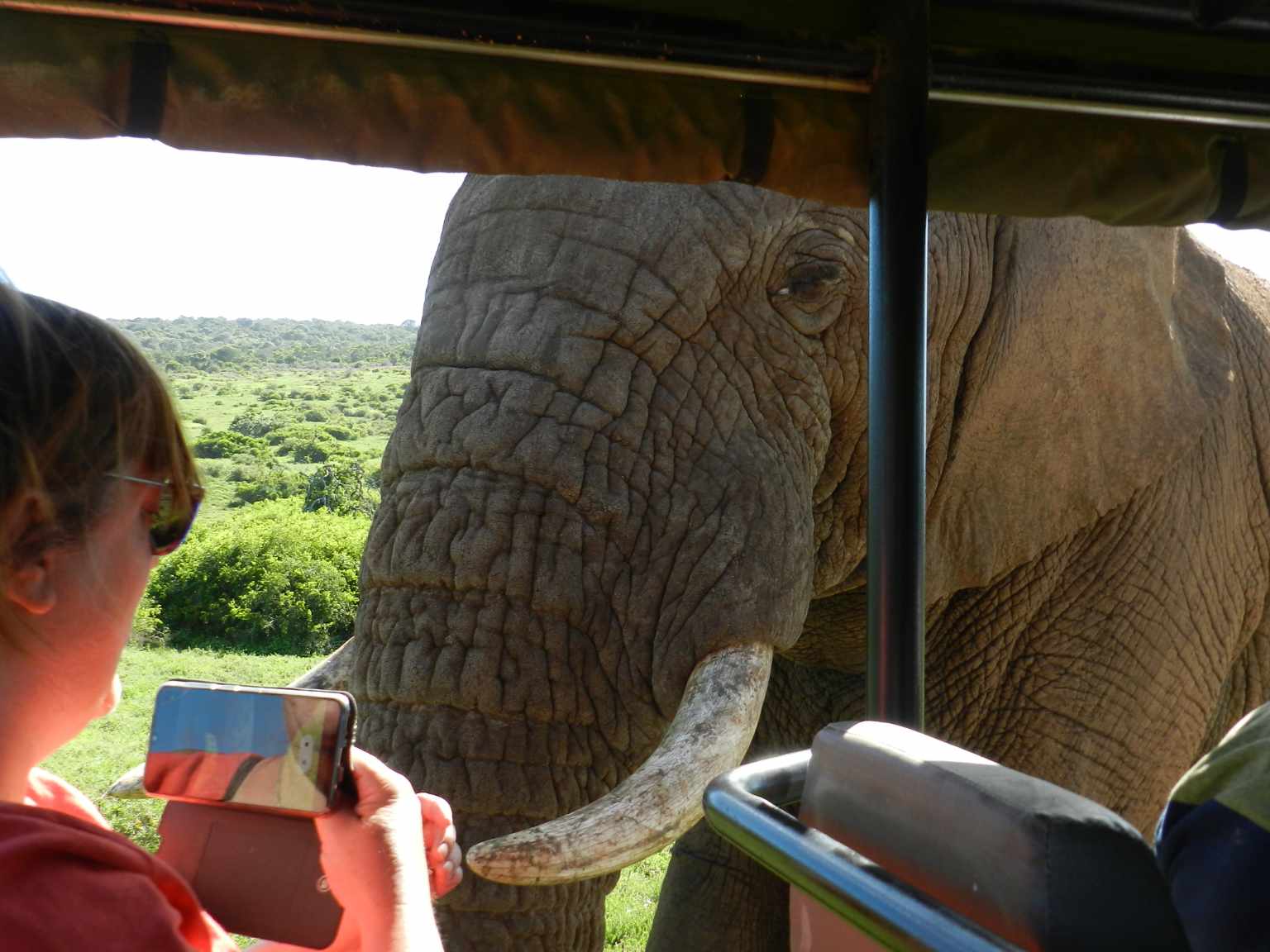
Hello Africa travellers!
Who am I? Well, the least you can say is that I am quite crazy about Africa, its nature, its climate, its culture, and more.
As a young woman in my twenties, I had already traveled to several African countries by traveling along in an overlander on my own and mostly camping ( or glamping ) and just fell in love with the diversity of it all.
So much, so that at the age of 26, I went back to university to study biology, which, unfortunately, I couldn’t finish because of health reasons (yes, I got sick from a tropical disease, oh cynicism). But this did not stop my dream of traveling back to Africa several times, and I still do.
My dream was back then to leave Europe and go study animal behavior, especially the elephants (sure, that’s every girl’s dream haha), but I am also very much intrigued by hyenas and other “ugly African animals“.
So, I “kind of” have a little bit of a scientific approach to my articles, when I write about African birds, for example. And most of all: the passion.
But life goes on, you move from one side of the country to the other, you get sick again and top it off with lower back problems, and before you know it, you are over 50 hahaha!
Now, I still travel to Africa, but take it a bit “easier” than the good old camping days, and stay in comfortable, yet affordable accommodations, together with my husband Wouter.
These are some of the countries I have traveled to: Kenya, Tanzania, Zanzibar, Malawi, Zambia, Zimbabwe, South Africa, Namibia, Botswana, Tunisia, and a little bit of Lesotho LOL .
While clearly not being African territory, but Spanish, I also visited Gran Canaria and Tenerife, and location-wise, I consider them “African”, because of their climate and nature, sue me :-p
The last trip I took was to South Africa in the year 2023, and it sure got the fevers for Africa back! From the Barberton mountains to the Drakensberg and the Southcoast, one month wasn’t enough at all to see the whole country, so we’ll be back! At ease and with a little bit more luxury than in my younger days haha!
I wish you happy travels!
Kind regards
Lizzy

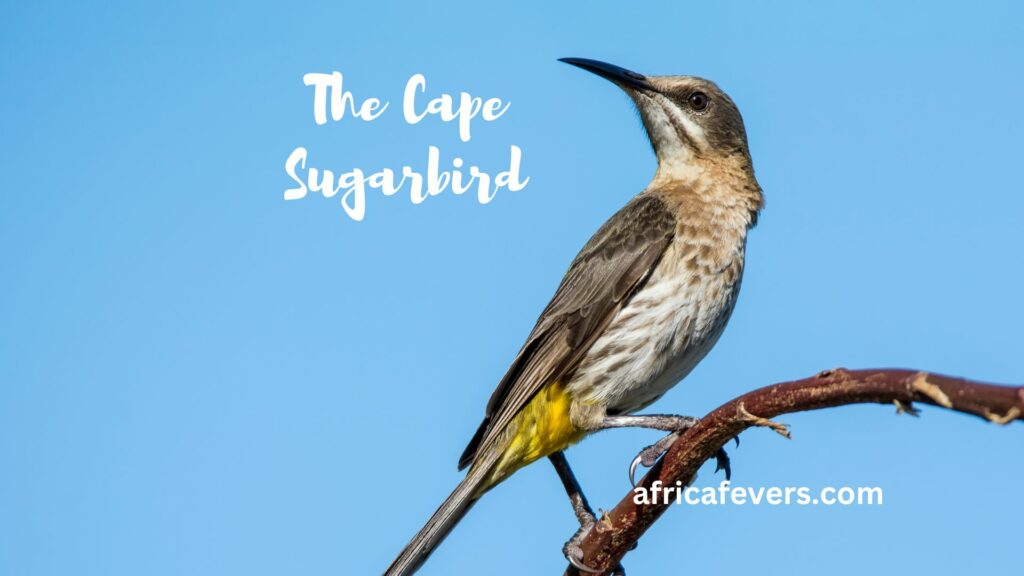
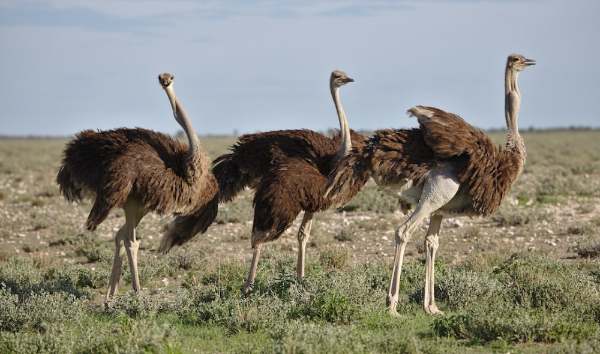
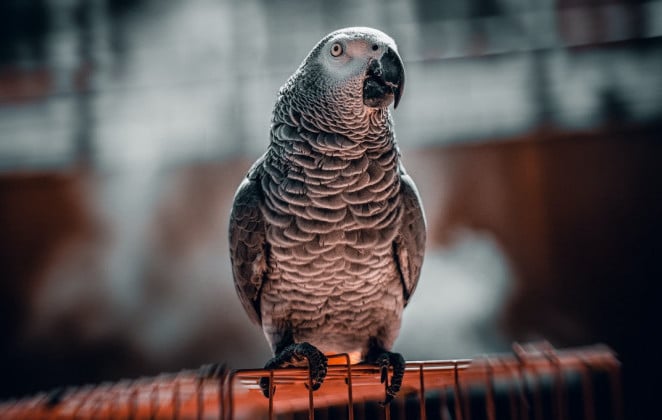
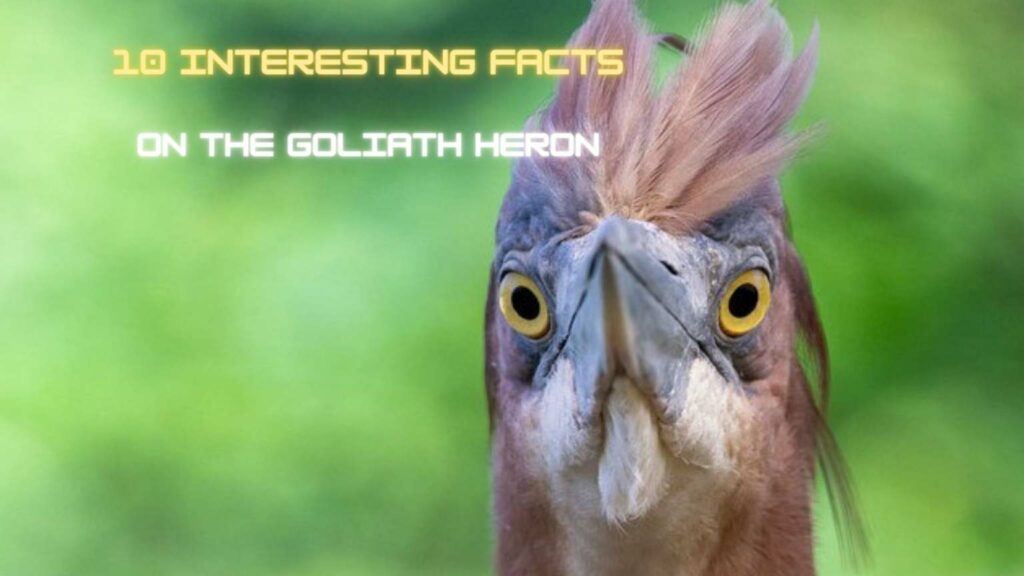
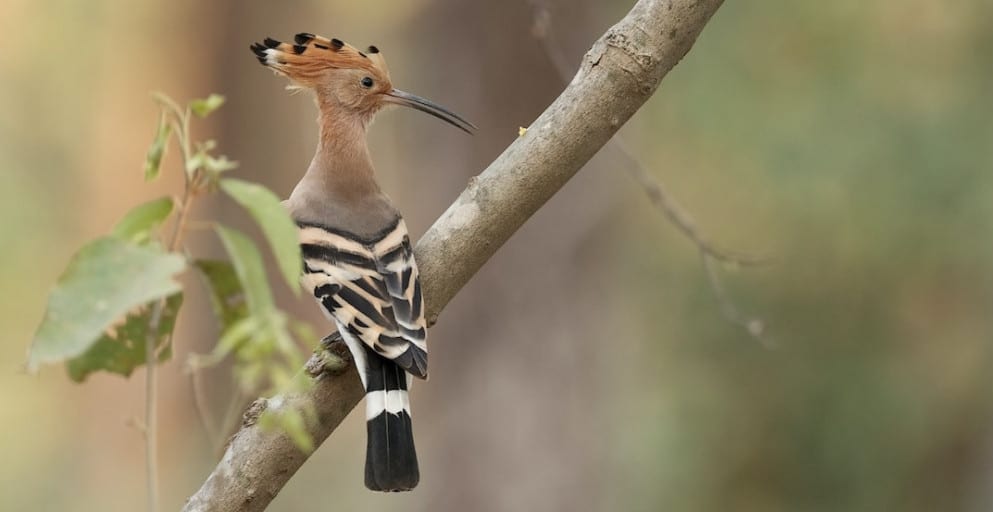
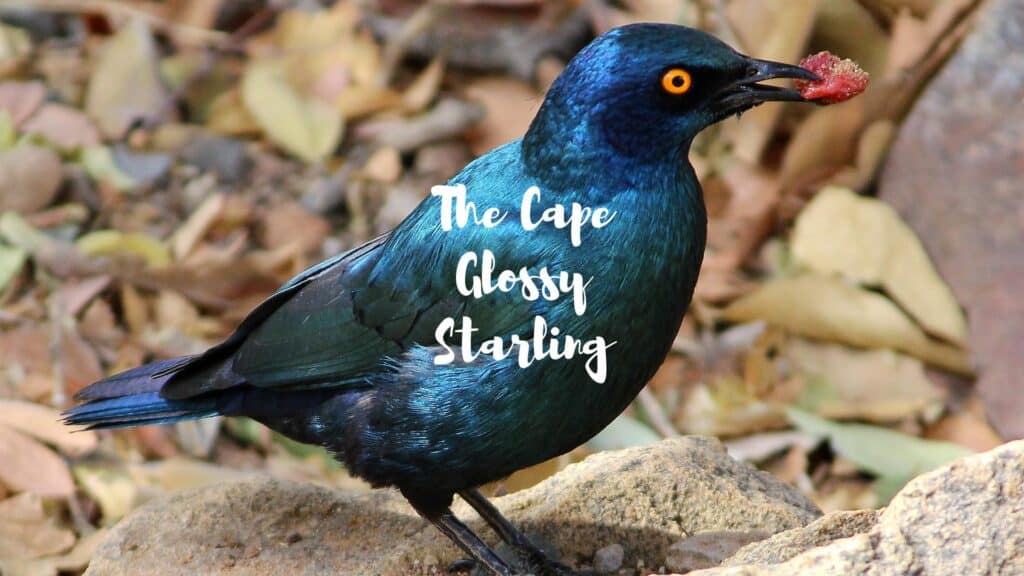
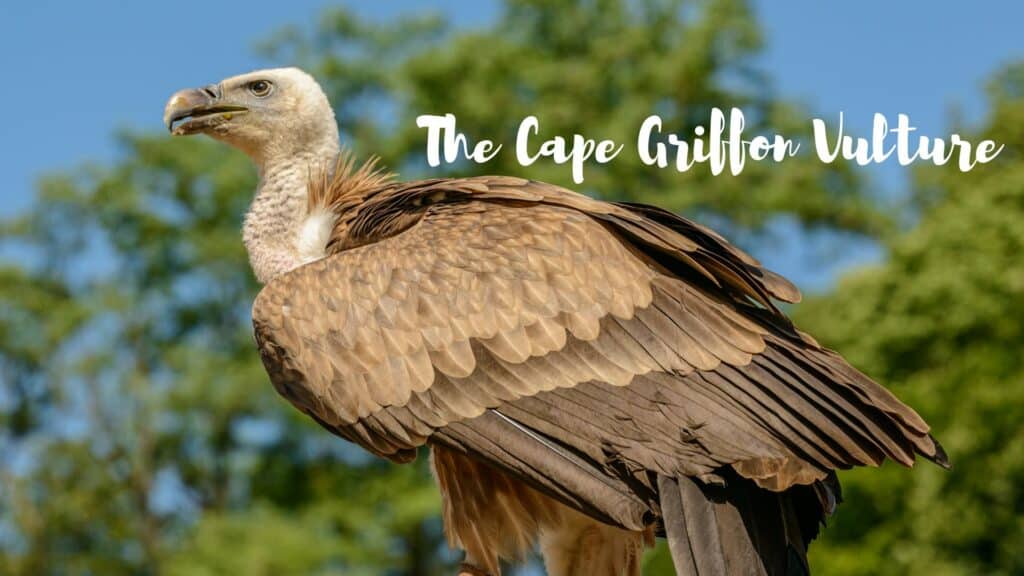
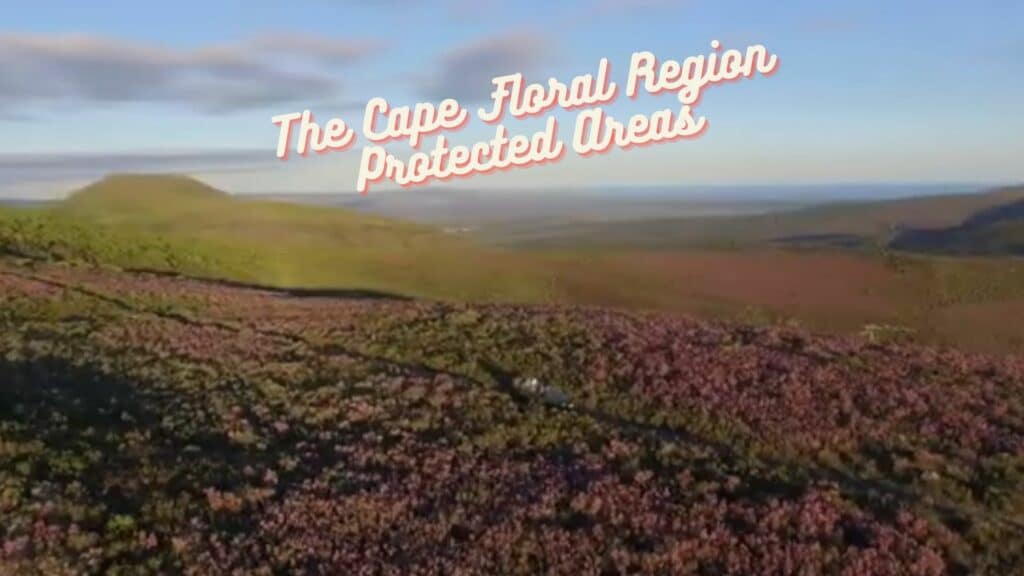
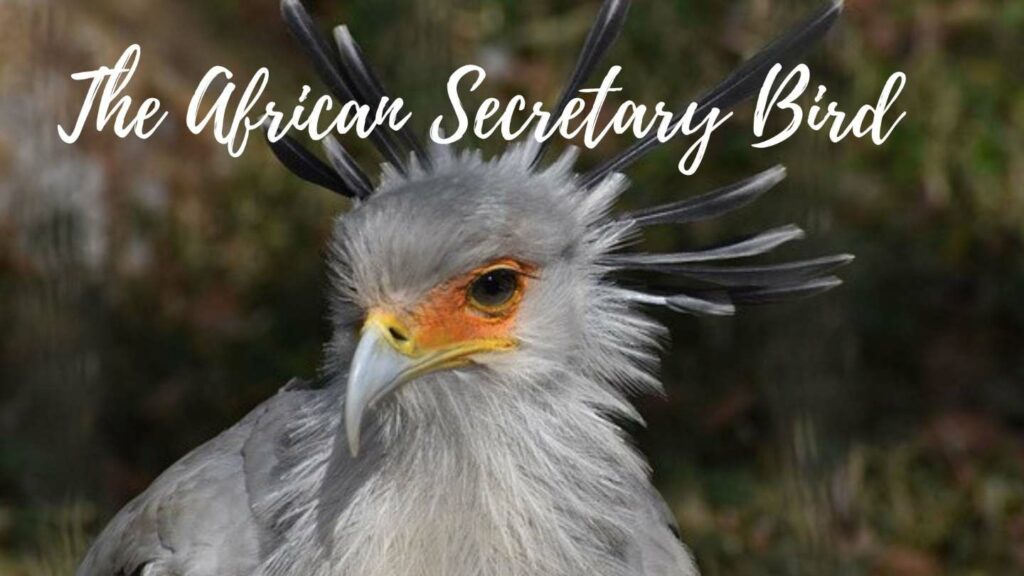
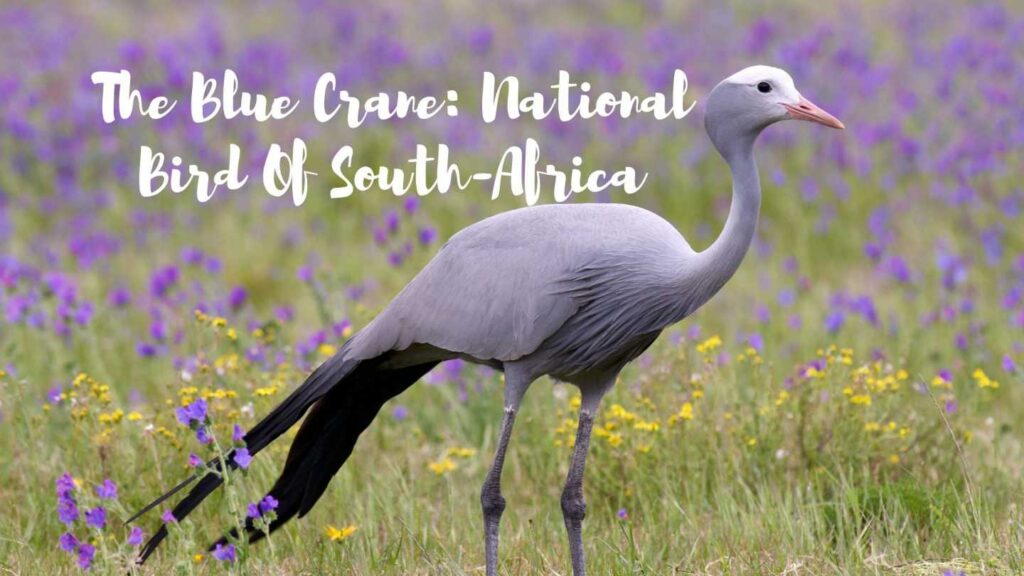
I loved reading this interesting article about the Cape Gannet. I was lucky to see these birds in action when I recently went on a charted boat. I have never had the privilege to see these birds on land, but I believe they stay mostly out at sea where the food is. It is amazing to watch them dive at high speeds into the water and then emerge and still be able to fly again.
I had a good giggle at the meaning of the word ‘Gannet.’
Hi Michel,
Thank you for your lovely comment and I hope to see you again soon 🙂
Kind regards
Lizzy
Hi Lizzy
I just delved into your article about the Cape Gannet bird, and I’m genuinely captivated. Their unique behaviors and adaptations, especially their impressive diving speeds, are truly remarkable. Having worked for a long time in endangered bird conservation programs, including rare home bird breeds and the creation of genetic banks of embryos and semen, I have a deep appreciation for the intricacies of such species. It’s concerning to hear about the challenges they face, particularly from overfishing.
Your piece is a valuable resource in raising awareness about this magnificent bird. Thank you for the enlightening read!
Warm regards,
Max.
hello again Max!
Thank you so much as always for the compliments, I’m doing my best! 🙂
All the best,
Lizzy